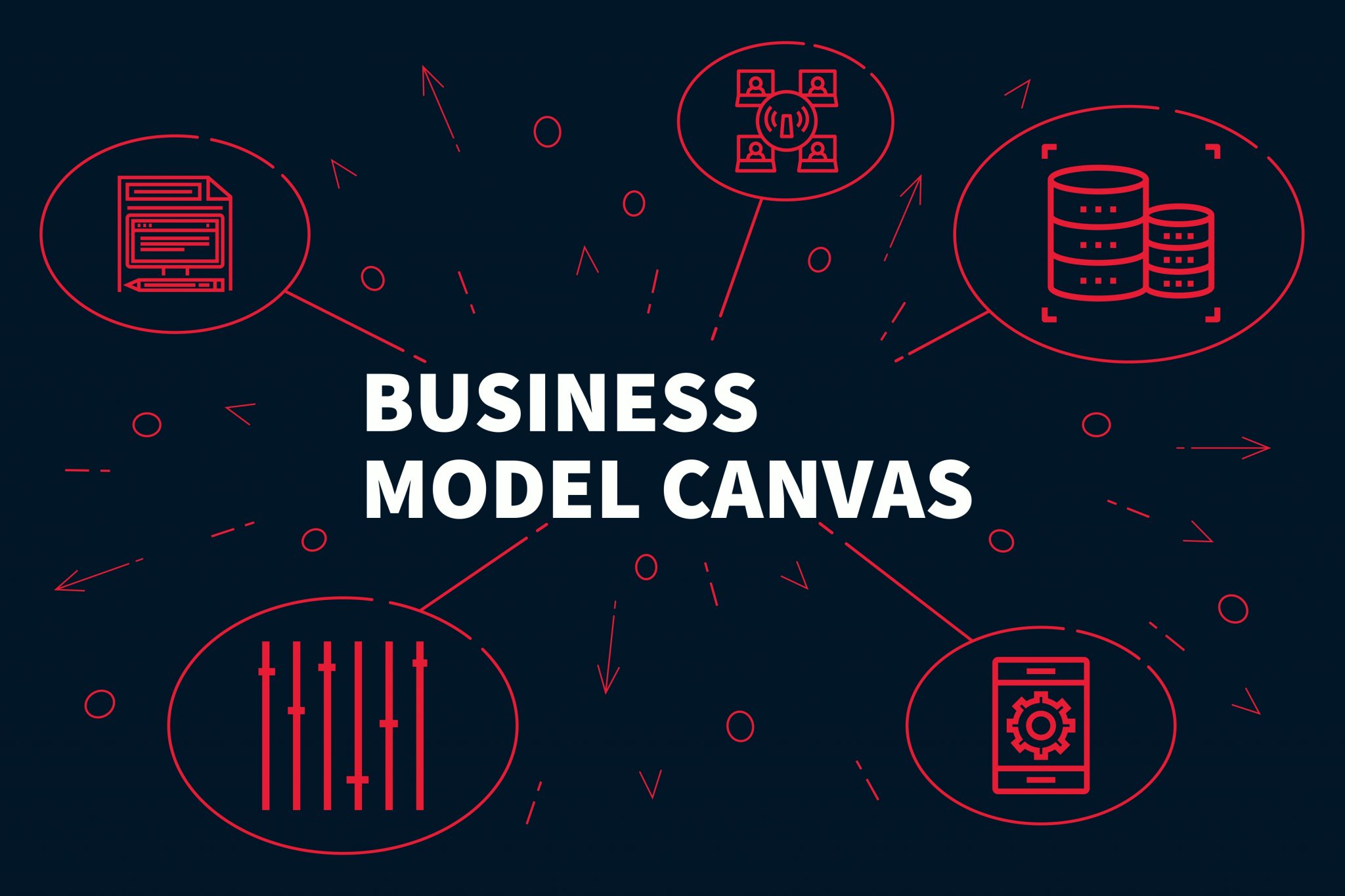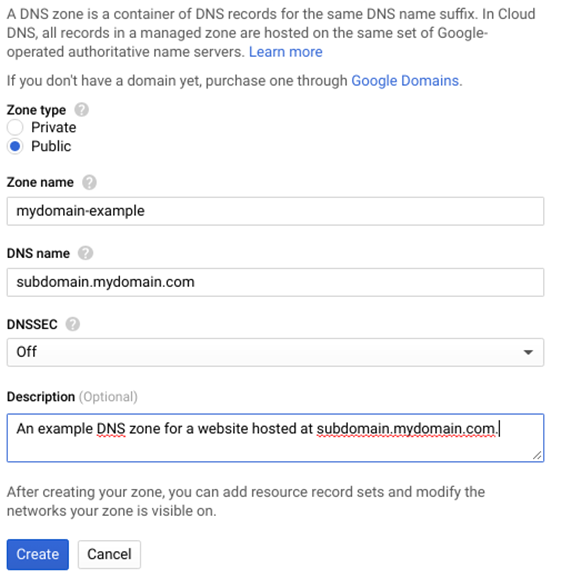06 Jul

[ad_1]

We live in a world where the way we conduct business is always in a state of flux, and the recent example of this is the rise of online businesses.
An online business, or e-business, is any kind of business activity that is conducted over the internet and, in most cases, the exchange of money also happens online. There are plenty of reasons why online businesses have become the most popular way of doing business in this decade, but the most appealing reason of all is it being comparatively cheaper to plan, launch, and scale. It is also an excellent way for a small business to introduce a wider audience to its products and services, due to the global nature of the internet.
An online business can sell both products and/or services, where products can further be divided into physical products or e-products, including software tools and/or any kind of text, video or audio content, etc.
We can list a ton of advantages of taking your existing business online or starting one from scratch. But looking at a few stats should be enough to convince you to investigate this opportunity and plan to get on the bandwagon as soon as possible.
- Sales for eCommerce in 2018 came in at $2.842 billion, and it’s expected to top $3.453 billion in 2019. (vpnMentor)
- It’s expected that by 2020, there will be more than 2 billion online shoppers.
- It’s estimated that by the year 2040, 95% of purchases will be through eCommerce. (Nasdaq)
- 71% of people believe they’ll get a better deal online, even if the item isn’t technically on sale.
Exciting, right?
Now, let’s get right into developing a plan for your online business.
For this article, we will be using a business model canvas to create a workable model for your business idea and we will use an example business to make this process easier for you.
You may be wondering, what exactly is a business model canvas?
A business model canvas is an excellent strategic management and lean startup tool that helps business owners develop or document existing business models. It was first introduced by Alexander Osterwalder in 2008. It now has several versions, according to different niches, and it is considered a must have for a startup.
Business Model Canvas is easy to make and can give you the starting point for analyzing and aligning your resources for effective strategic business planning. It is a visual tool, so it communicates better than using a 200-page business plan. It is also easy to update and maintain and forces you to test run the validity of your base assumptions.
The canvas is basically a template with 9 sections, each section represents a specific area of business planning and asks few questions relating to that.
- Key Partners (organizations/individuals who help you deliver your products/services)
- Key Activities (activities you do to create, sell and deliver your products/services)
- Value Proposition (your offering to your customers)
- Customer Relationship (how do you connect with your customers?)
- Customer Segment (who are your customers?)
- Key Resources (what do you need to deliver your products/services)
- Distribution Channel (how do you reach to your customers?)
- Cost Structure (cost of creating, selling and delivering your products/services?)
- Revenue Stream (how are you making money?)
So, let’s get on with it.
Suppose you are an experienced jewelry designer and have a specificity in creating handmade silver jewelry with precious and semi-precious gemstones for women. You have been working for other people for over a decade and now you are planning to start your own e-store where people can buy your designs directly from you. Your goal is to design, develop, and sell your own jewelry and to create a market share for your brand. Creating a business model canvas is your way to start documenting and analyzing your business model as well as creating a strategy for your next steps.
The first section that you should focus on is the Value Proposition. Value proposition talks about the customers need that your business is/will be satisfying. In this case, we will add, “we make handmade silver artisan jewelry for women who like to wear signature and unique designs to express their individuality”.
In the above value proposition, customer need is self-expression and to make a style statement.
The next section to look at is Customer Segment, people who you want as your customers. We can add that our customer segment is women, aged between 20 – 50, belonging to middle and upper middle class, mostly working women (business, tech, finance, fashion, etc.) with a unique sense of style. We also recommend you create a buyer persona, which can help you get more specific about your customer segment, including their goals and motivations, frustrations and personality traits, etc.
Our distribution channel, in this case, will be Online Store integrated with social media, especially Instagram. If we want our customers to see our designs in person, we can also have exhibitions or pop-up stores to our list of channels. For delivery, we can add our (potential) delivery partners too.
Customer Relationship in this case will be self-service in case of buying from our online store and personal assistance in case of exhibitions and pop-up stores. We can also add a consultation model to our business but right now, we are sticking to product sales only.
Revenue streams are sales made through the online store as well as from exhibitions and pop-up stores. Online purchases will be made using credit cards and offline will be made using both cash and credit cards.
In Key Partners, we can add our suppliers (for gemstones, silver and packaging materials) and our delivery partners, exhibition centers, multi-brand stores (for pop-up store) and fashion bloggers, magazine, etc.
In Key Resources, we have our workshop/studio with equipment and silversmiths, raw materials, packaging materials, IT infrastructure, including e-store, CRM, inventory management, design tools, etc.
In Key Activities, we have designing and creating silver jewelry, launching and maintaining the online store for product display and order fulfillment, product photography, reaching out to exhibitors and multi-brand stores to work with, using social media (especially Instagram) for promotion, and establishing and maintaining relationships with other key partners.
The last section is to add cost structure. Here we will add product design, development and packaging, IT infrastructure, order delivery, paid social media promotion, product photography and stall/exhibition hall rent.
We are now done with the first draft of our business model canvas and it is ready for further analysis and validation. One thing to note here is that the above model is for someone who is starting a new business, that is why everything written in it is basically a set of assumptions. Also, this business is selling physical products, but the same process will be followed for someone selling content or e-products.
We can also use this model for brainstorming ideas for new product/service development and it can also be used in both printed or e-format. If you are planning to have a co-founder, fill in the canvas with them to bounce off ideas and set some assumptions for your business to test.
We hope this guide was helpful and you are excited about launching your own online business!
If you have any questions, leave a comment down below or tweet us @Scopify.
[ad_2]
Source link


